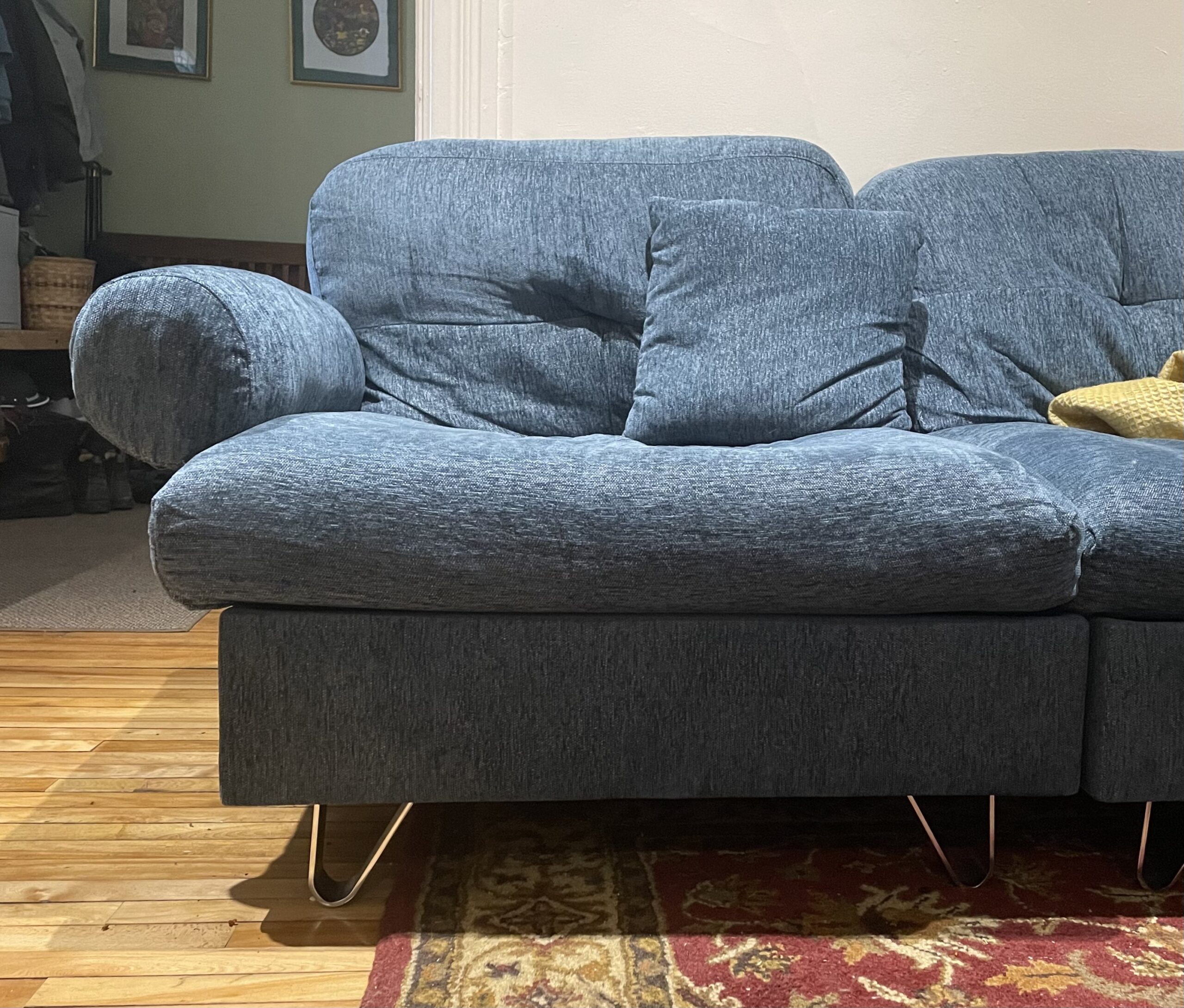Transformer Table’s recently launched Transformer Couch had all the features we could ever want on paper: modular, built-in storage, plush cushions, comfortable enough to nap on. That’s what we were marketed, but the reality is a product that was rushed to market. Some bad design decisions were made, some corners were cut. Here’s our review of our Transformer couch now that we’ve had it for a little over a month.
Manufacturing Issues
The first thing we noticed as we assembled our couch the day it arrived was that the manufacturing -particularly for the metal hardware- was all over the place in terms of quality. Washers weren’t punched out all the way or arrived broken, some screws fit and some didn’t, the threaded holes in the couch bases weren’t consistently easy to screw into (it took ten minutes for a particularly bad one, trying to apply enough force and get just the right angle to reach the thread), and the most egregious issue, three of the couch legs had holes in the wrong places, which don’t even fit the screws that came along! For the past month one of the couch units has been sitting on the floor, pretty much unusable.
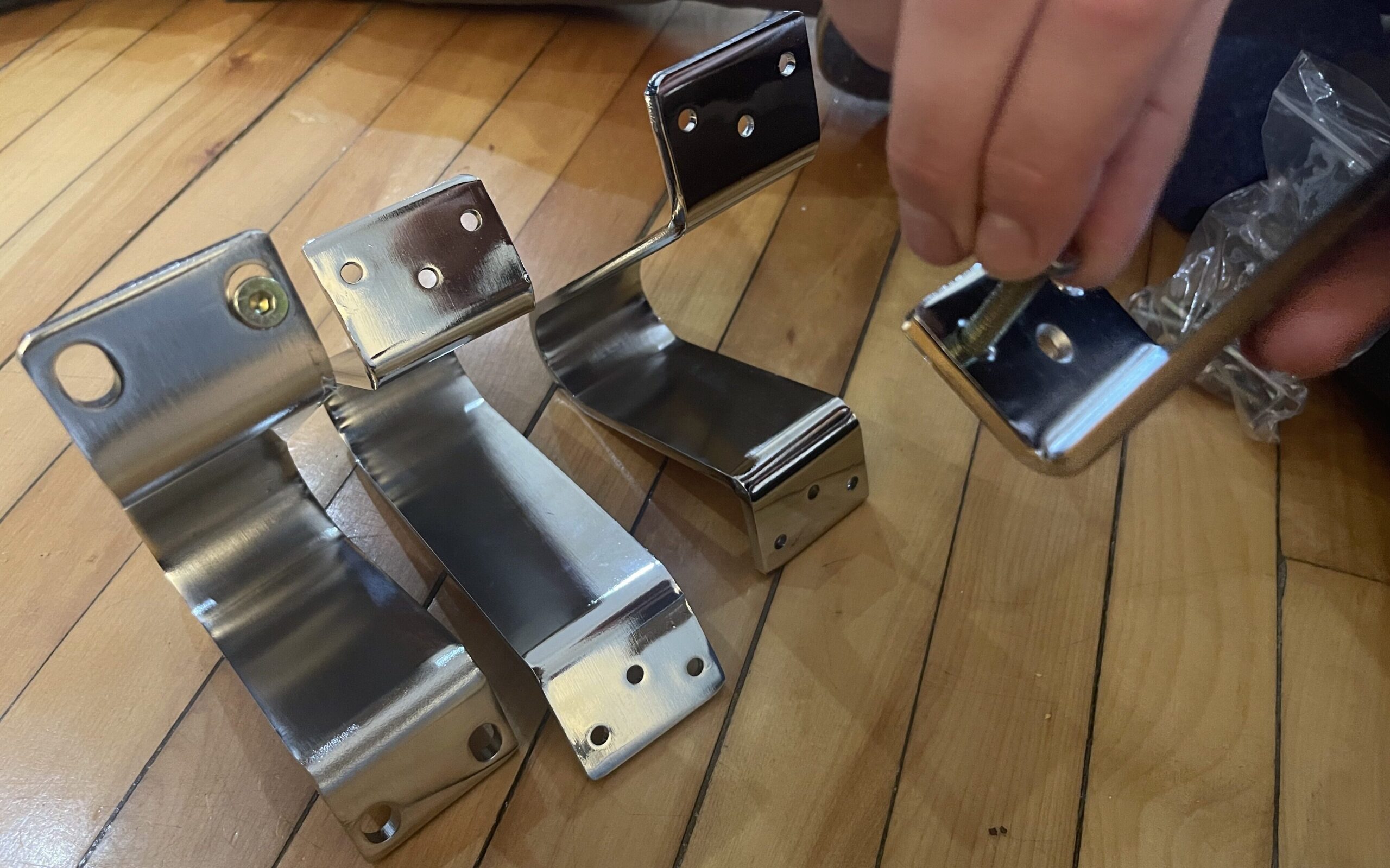
Design Flaws
To understand how the Transformer Couch’s design is flawed, you first need to understand how it’s built.
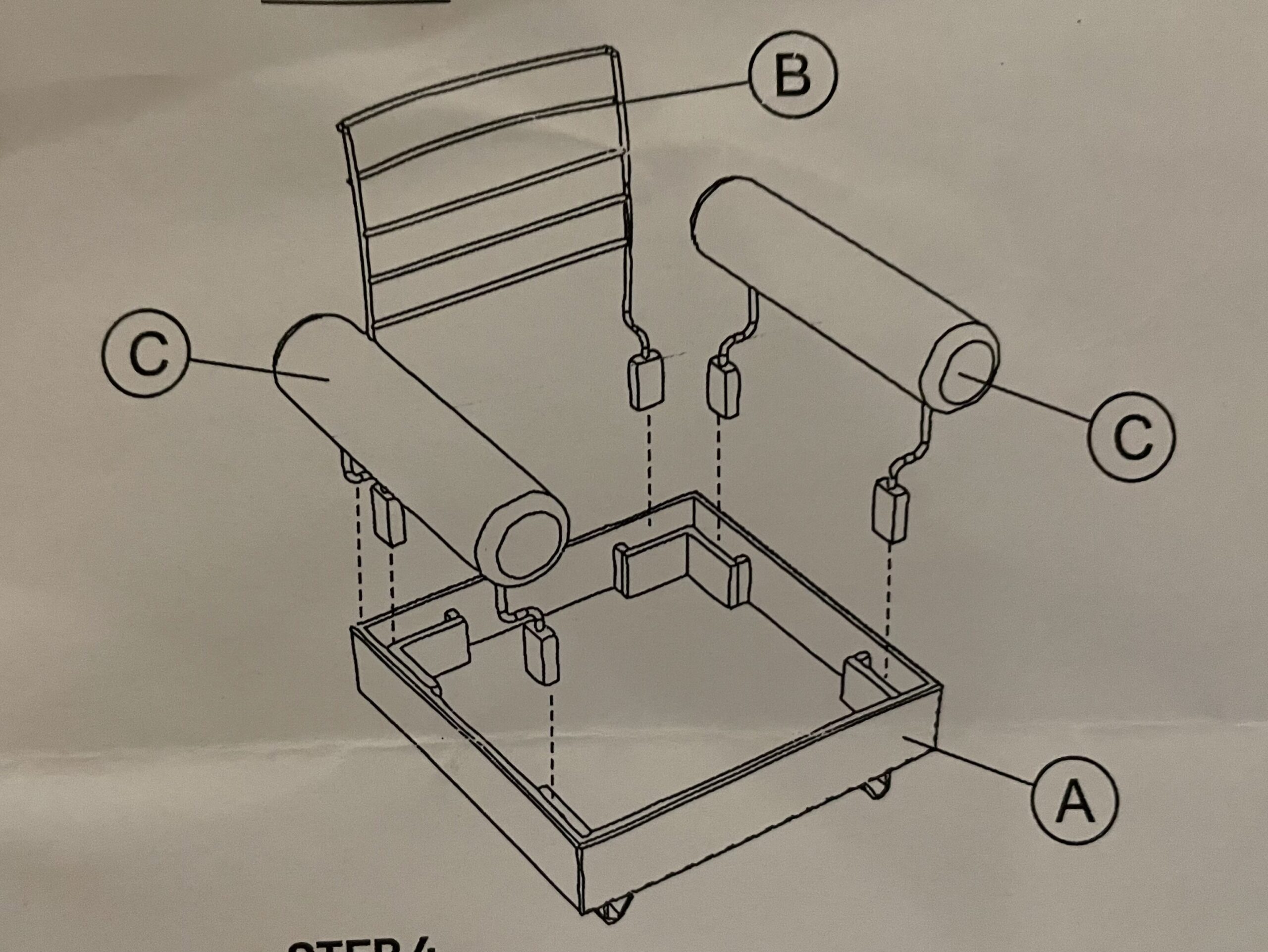
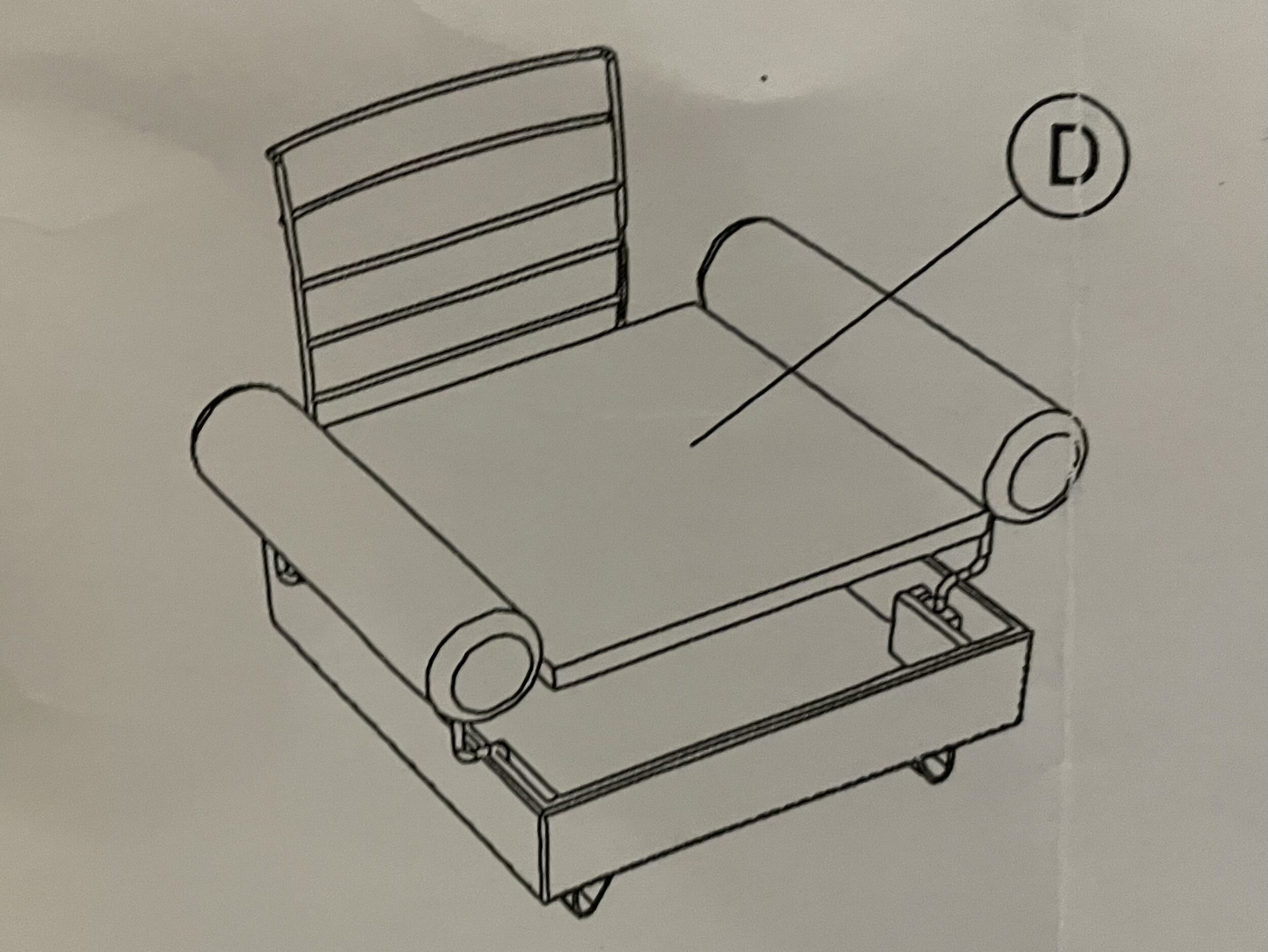
The couch consists of a sturdy box with rigid “pockets” in each corner. The back and armrests sit in these pockets. They don’t quite fit snugly, and so wiggle back and forth. Resting on top of these pockets is a large panel with some springs and padding which acts as the actual seat of the couch. The panel has velcro on top to hold the seat cushion in place. The back cushion floats free as is common with modern sofas. Each module is essentially its own sofa chair, and they can be chained together with a sturdy metal clip, which holds the edges of two boxes together very well, without any wiggle.
So where are the flaws?
Uncomfortable gap in height between seat panel and box sides
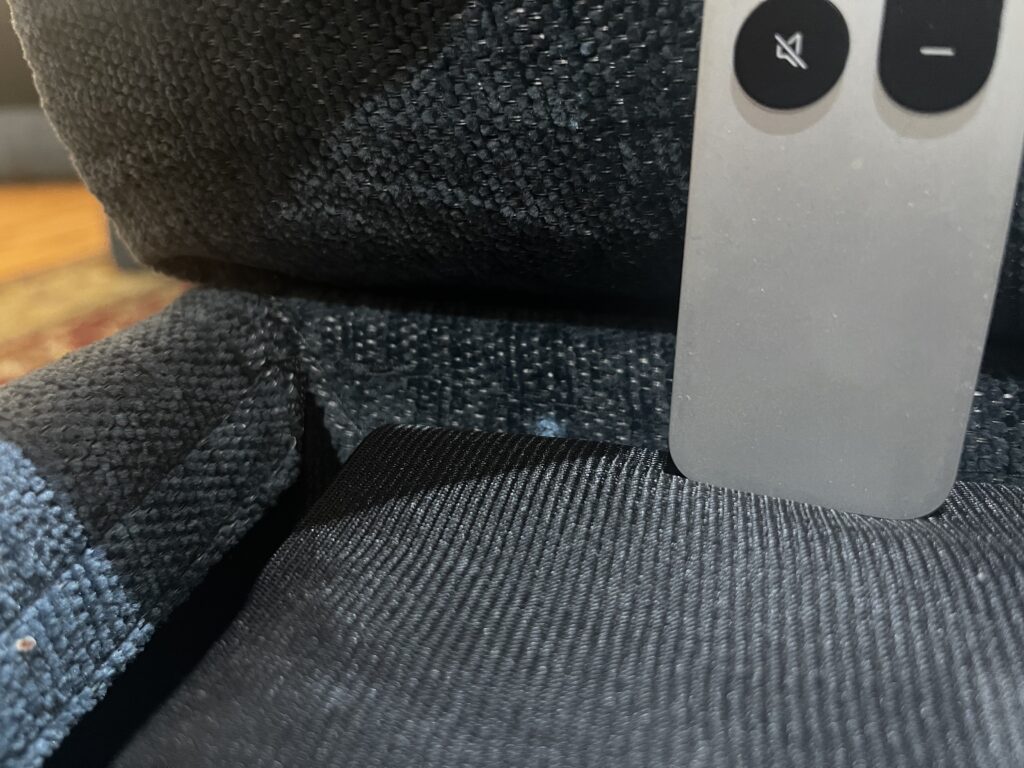
The seat panel that supports the seat cushion sits a good inch below the edge of the base, essentially creating large ridges when the Transformer Couch sections are fixed together. These ridges make the couch extremely uncomfortable in any position except when you’re seated in the middle of one module without any overlap. The ridges have virtually no padding and are rock hard.
The advertising for the Transformer Couch shows people flopping onto the sofa, lounging across multiple modules, or kneeling where two modules meet. Either the prototypes used in the marketing material were very different from the production models, or those were some very uncomfortable, talented actors. Because of the high ridges between the sections, lying across the couch feels like trying to lie across one of those “anti-homeless” bench designs:

In fact, the couch is so uncomfortable that if you tried to plop down on the couch like they do in the promotional videos I suspect you could bruise.
This is especially unfortunate because they show a “bed” configuration you can achieve by placing four modules in a square, which we thought would allow us to use the couch as a temporary guest bed. With the low padding and high ridges, we think they’d be better off sleeping on the carpet.
Inaccessible Built-in Storage
The built-in storage is extremely difficult to access. The designers might have thought to add a handle to lift the panel to access the storage underneath; it’s such an obvious, simple convenience feature. Instead, to access the storage below the seat panel, you have to try to shove your fingers into the small gap between the edge of the main couch structure and the edge of the panel. Since the panel is free floating, there might not be an easy gap, so you may have to shift it around a bit to make room for your fingers.
Wiggly Appendages & Sliding Seats
Since the metal boxes meant to slot into the pockets to hold up the backs and armrests don’t do so snugly, they wiggle and slide side-to-side a lot.


Similarly, in spite of the Velcro to hold the seat cushion in place, it’s prone to sliding forward as you use it. This causes the back cushion to fall into the gap and the bottom of the back cushion gets stuck on the Velcro that was supposed to keep the seat cushion in place. While the fact that this makes the couch look messy and cheap isn’t great, it also has the added effect of damaging the back cushion as the Velcro wears out the fabric.
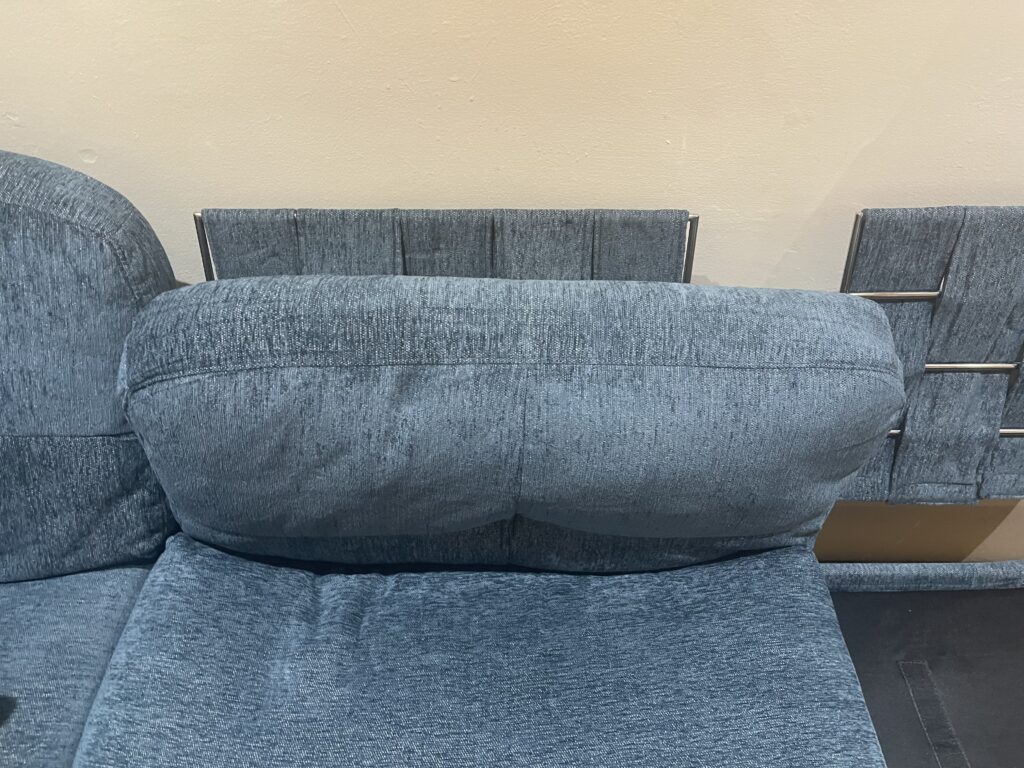
Low-Quality Cushions
When you buy a sofa you assume (fairly, in my opinion) that it will be comfortable to lay across. This is not the case for the Transformer Couch. This is due in part to the issue mentioned earlier with the gap between the seat panel and the edge of the box structure, but the filling in the cushions also seems unusually low quality. The cushions advertised on the Transformer Couch website and Kickstarter campaign look nearly as tall if not taller than the box they rest on, but in reality they’re maybe a third of the height. We thought they might grow as they breathed, in the way memory foam does, because they arrived vacuum sealed, but over a month later they don’t look significantly different.
Here is the originally advertised Transformer Couch vs. ours. Note the difference in thickness between the base and cushion in each.
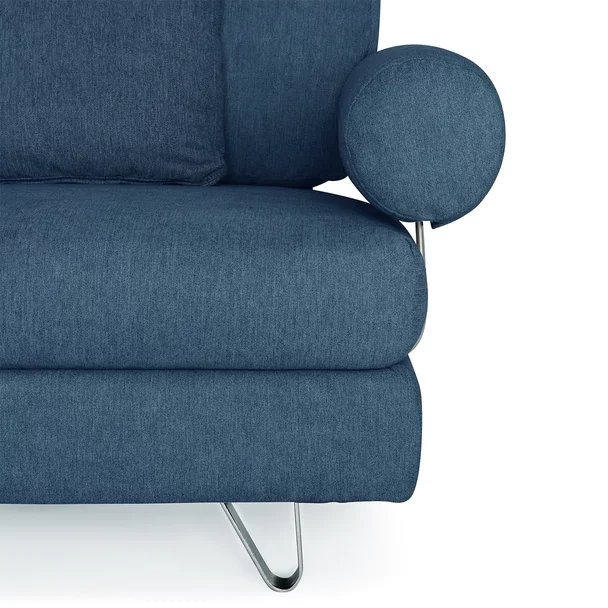
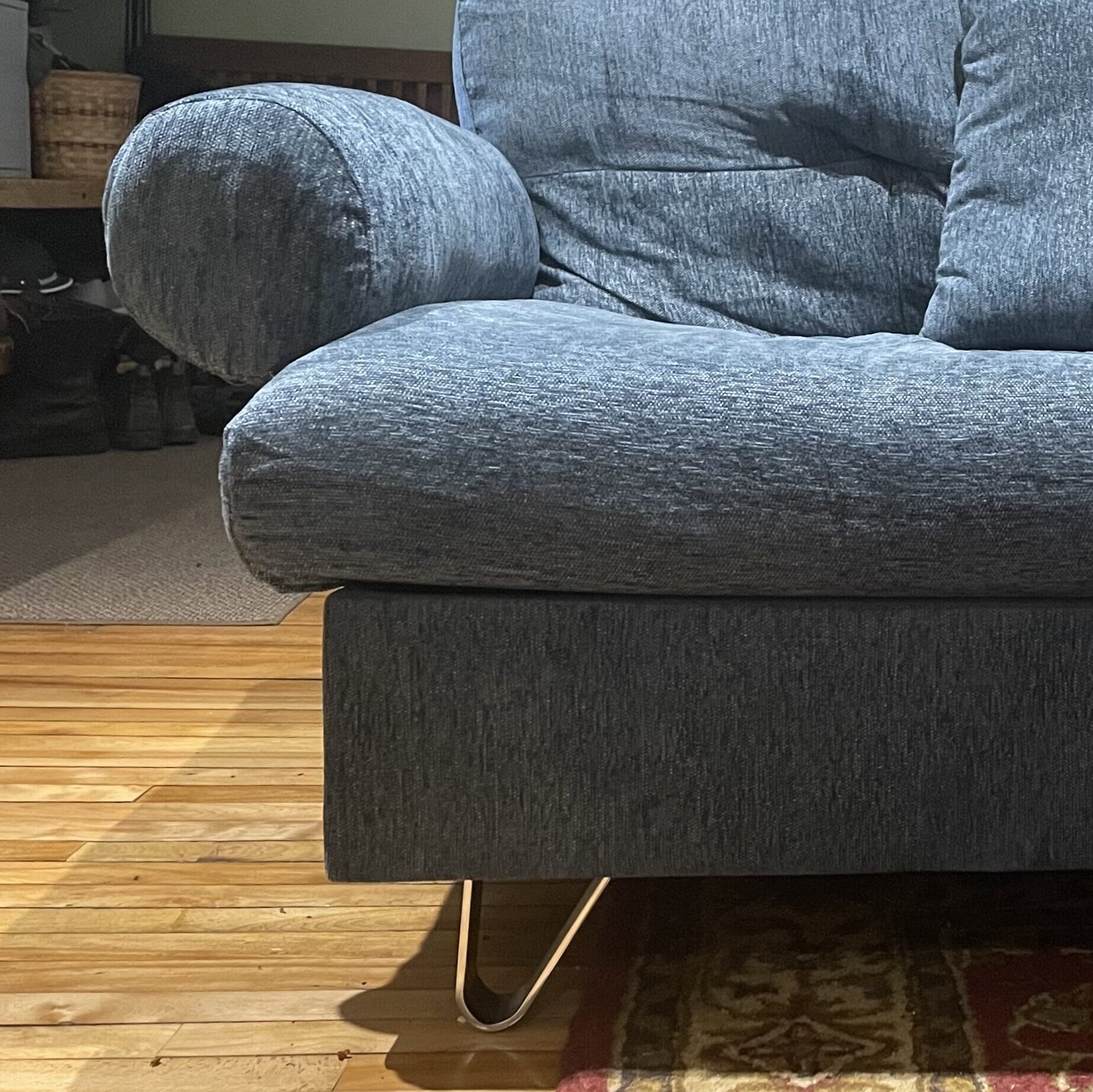
Beyond the low quality filling and anemic thickness, the cushions also happen to be wider than the base such that it pushes neighboring cushions off. You can see how on the advertised couch above, the cushion edge lines up perfectly with the edge of the box. On our actual couch, you can see several inches of overhang. This further degrades the look of the couch, but also makes corner sections particularly awkward as there’s not enough room for the seat cushion. This contributes to the cushions sliding around and falling off as neighboring cushions push up on them.
Final verdict and possible solutions
Don’t buy this couch! It’s incredibly overpriced for the quality.
However, if you did buy it, we think some DIY fixes could potentially help a lot of the issues:
- Pay for custom latex or high quality foam replacement inserts for the cushions.
- Fill in the inserts for the backs/sides with something to make them fit snug and wiggle less
- Add something to raise/level the bed the seat cushions sit on so there aren’t hard ridges between sections
- Attach fabric or leather handles to the storage covers to make them more practical to quickly access
While the last three items aren’t too difficult to do on the cheap, fixing the lack of padding can be nearly as expensive as the couch itself.
